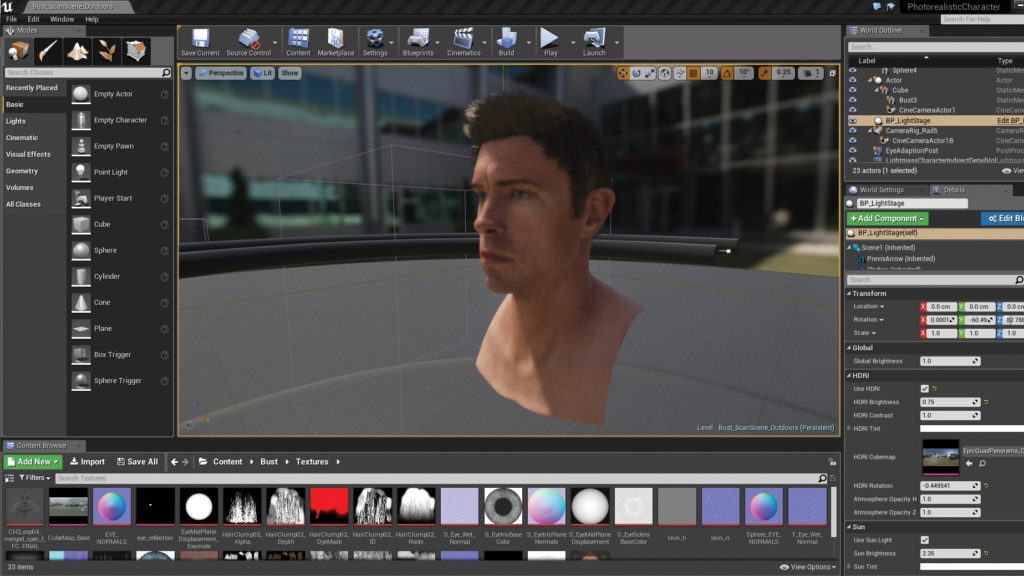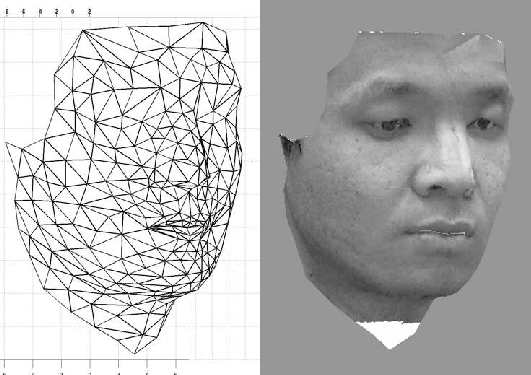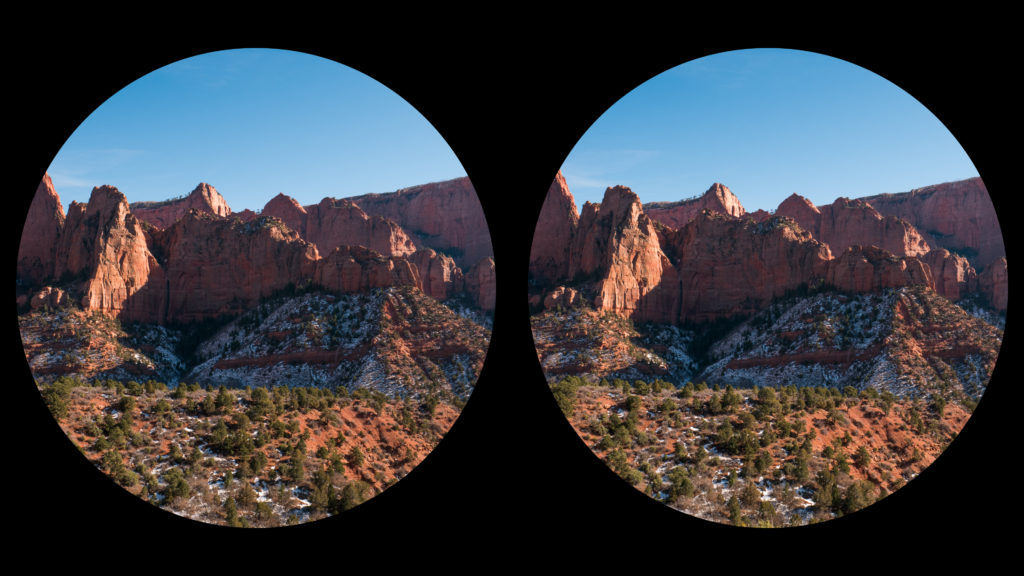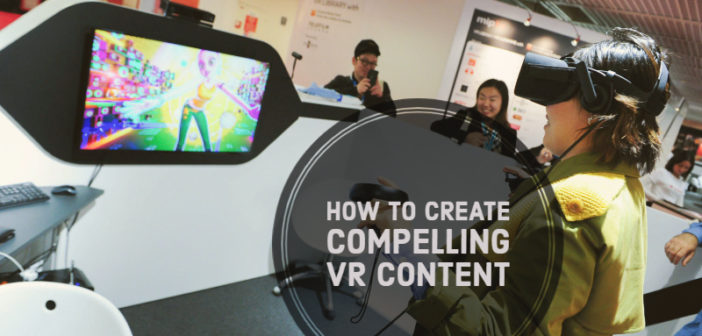As 4K televisions have become quite commonplace, the next big thing in entertainment is Virtual Reality. VR has not only enormous scope for changing the way we view content but also has serious applications in fields as diverse as psychotherapy for PTSD and soldier training.
As a VR App Developer, you might be feeling slightly overwhelmed by the span of the field. The Top VR Websites and reputed VR blogs seem to focus mostly on headset reviews and games. But there is a lot more to the domain.
There are two ways you could approach the development. The first is a game, and the second is 360° visual experience. Of course, there are specialized apps for training astronauts and similar professional fields, and we are not including that in our discussion.
Select A Game Engine
There is a plethora of Online VR Training that tutors a developer in the use of VR engines. This is the first criteria that you have to decide. Do you want to use the Unreal or Unity engine?
Everything in 3D is made up of several tiny triangles. A triangle is the only shape that can be used to produce a curved surface.

To create a 3D image, an engine (actually a software platform that can break down a scene into triangles and reproduce it) is essential. The Unity vs Unreal debate is important since VR content depends on a large number of mathematical calculations.
As far as the high quality of visuals is concerned, Unreal is far better. But it also needs a lot of system resources. You only have to play a game such as Gears of War or BioShock to understand how realistic it is.
Unity demands a less powerful CPU and graphics card but is proprietary. You have to buy a license, unlike Unreal, which is an open-source platform.
If you are aiming for gaming rig based content, then use Unreal, but for smart devices and lower-end headsets like PSVR, it is better to use Unity.
Game Development
3D game development is a complex process that developers are still coming to grips with.
The first step is modelling. This part consists of creating characters and objects using triangle mesh.
It is followed by texture mapping, where you fill the mesh with colours. The next stage is animation, through which these static objects start to move, run, and jump.
The last step is applying shading or a mix of light and shadows.

There are other stages, such as the development of UI and menus that are the same as 2D gaming. The use of a proprietary engine like Unity makes the task a lot easier for the developer. As it is the development of 3D requires knowledge of a fair bit of Vector Algebra.
The process is moderately labour-intensive, and the use of automation where possible is useful. Also, the use of Unity makes bug testing a much more straightforward process.
360° Visuals
This type of VR content has existed in 2D for at least a decade. Visual tourism off the Sistine Chapel was the first of this kind of content.
Its success led to several YouTube channels with 360° content. The use of a headset means the same content can now be viewed in a far more immersive manner.
It is created using an omnidirectional camera such as Ricoh Theta S or GoPro Omni. If you want, you can scale up with expensive lenses.
Of course, the steps of game development, such as texture mapping and animation, are missing. But you require a keen eye for exciting content.

What makes interesting content is not well defined and is usually anything that would keep a viewer engaged. It can vary between a virtual tour of Yellowstone or a historical site such as Via Dolorosa, where Christ walked with the cross.
The most used techniques involve spinning or rotating the camera and extreme close-ups. These add an element of surprise to the video.
Editing 3D content into a single file has to be done using top-end graphics editors such as Adobe Premiere Pro or Kolor Autopano.
In Conclusion
VR content development is a nascent industry that is poised to break through into the mass market as soon as the cost of high-quality headsets drops below $300. That stage is almost here with the release of Oculus Go and other models set to follow from HTC and Sony.
Probably the first content you develop won’t be a masterpiece, but if you work hard at it, it promises to be extremely lucrative soon.




